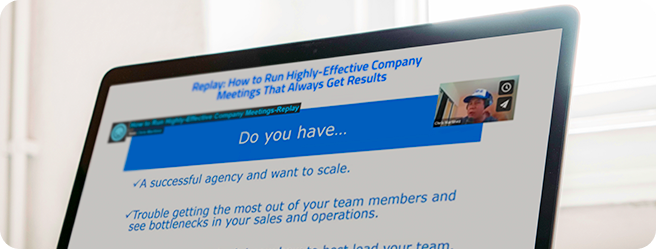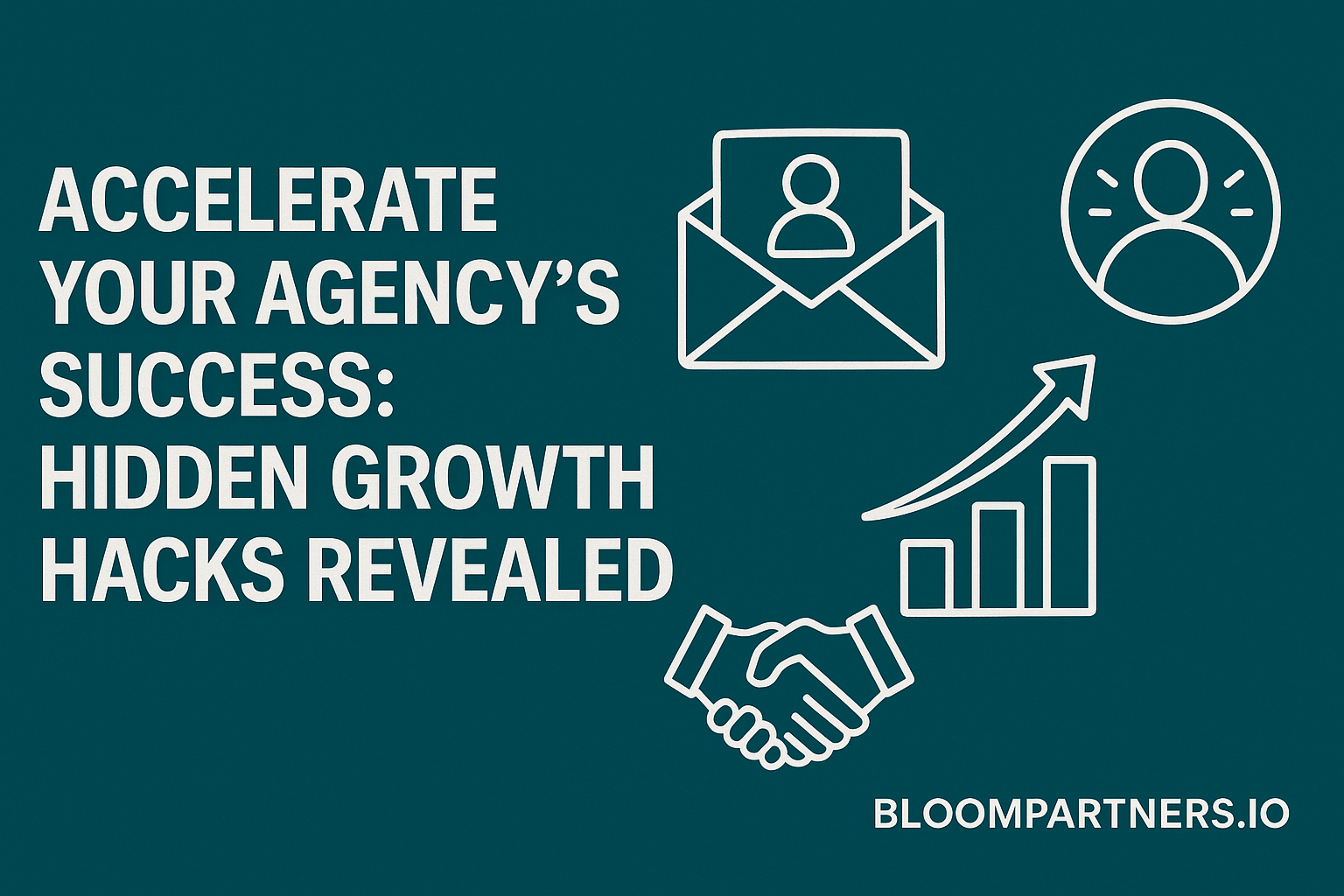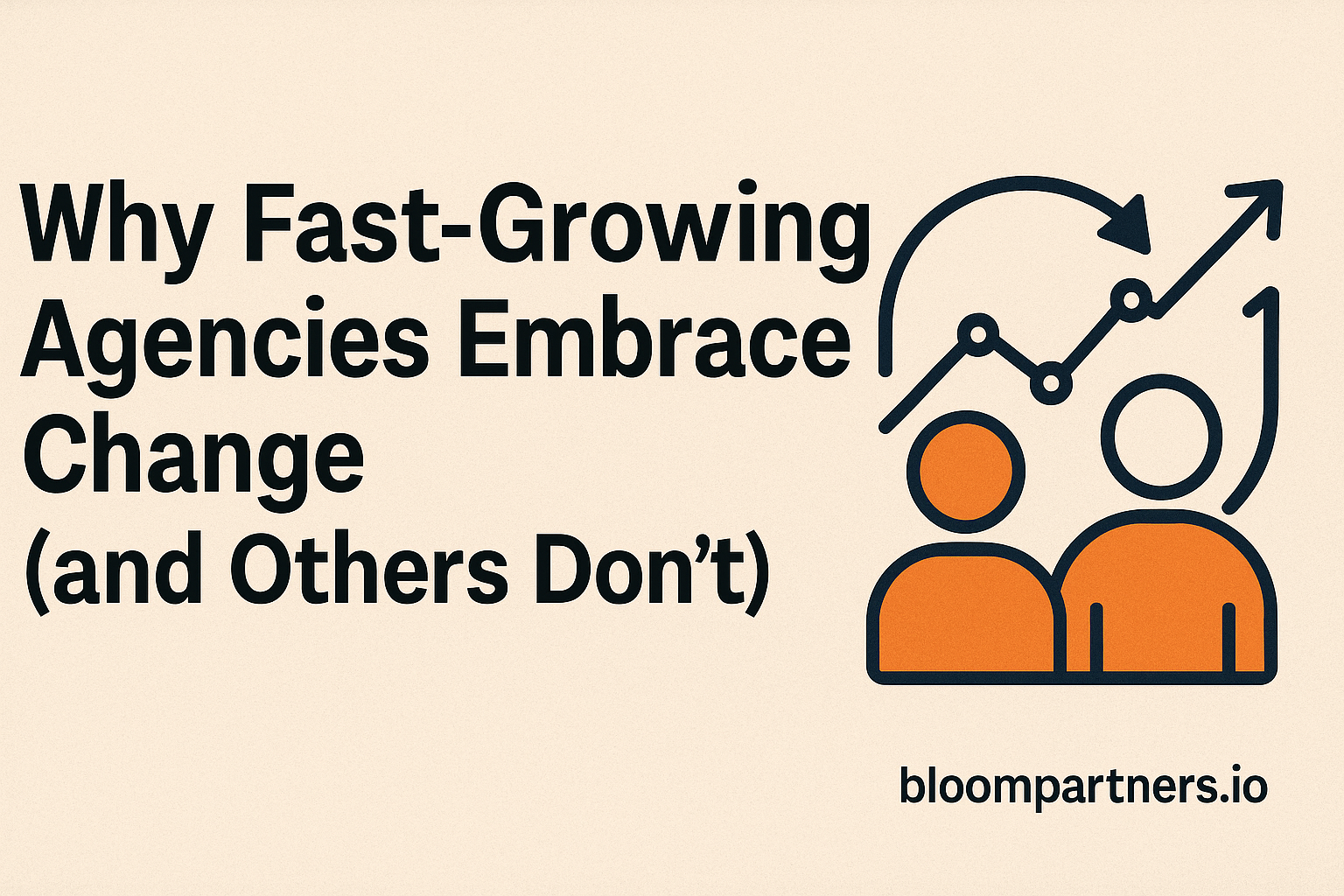Chasing endless growth at your marketing agency can sabotage the very success you worked so hard to build.
Agency owners often mistake growth and scale as being automatically interchangeable, assuming every new client and every new project means positive forward momentum. But I want to make something clear right from the start—not all growth is beneficial, and scaling unnecessarily can rapidly dilute your impact, exhaust your resources, and derail your long-term vision. Knowing when to say no is actually one of the most underrated agency growth strategies.
If you currently feel stretched thin, struggling to uphold quality, and stuck working on projects or clients that don’t inspire your team, these are glaring red flags. The reality is, every opportunity may not align with your agency’s core strengths or your big-picture goals. Let’s unpack clear criteria and signals indicating it’s time to strategically turn down new projects or expansions for the sake of lasting, meaningful success.
Pay attention to profitability—not just revenue.
Many agencies obsess over topline revenue numbers, consistently pursuing new deals without fully assessing profitability. A busy workload or packed client portfolio means nothing if your margins are shrinking each month. Evaluate project profitability carefully. Your goal is high-impact, high-margin work that aligns neatly within your niche expertise. If a project or client drains resources, requiring more time and manpower than it’s worth financially, it’s a telltale sign this growth isn’t healthy.
Consider reputation and aligned values before committing to growth opportunities.
Every new client or expanded service offering shapes how your agency is perceived. Taking on clients that contradict your agency values or dilute your area of expertise hurts credibility. Ask yourself honestly, “”Will this enhance how we’re positioned in the market or dilute our distinctiveness?”” If a growth opportunity clouds clarity around your agency’s unique strengths and diminishes your expert reputation, it is unquestionably not worth your effort.
Watch for compromised team morale and burnout.
Your agency’s talent represents your most valuable asset. Expanding rapidly into new niches, languages, technologies, or platforms without sufficient resources and adequate training sets you up for strained productivity and employee discontent. High turnover rates and ongoing talent dissatisfaction signal you’re scaling recklessly. Sustainable scalability nurtures talent and incentivizes loyalty. If your team voices fatigue, consistently raises red flags around workload, or exhibits performance dips, this is a clear indication you’ve crossed the line from beneficial growth into detrimental territory.
Practical guidelines to objectively assess each new growth opportunity:
- Alignment test—Clearly define your agency’s vision, key strengths, and areas of proven expertise. Carefully evaluate each new proposal or client against this criteria. Does the project directly complement your core capabilities and vision?
- Profitability measure—Analyze financial metrics carefully. Will this client or project pay fair market value? Do projected margins meet your established profitability thresholds? Remember, revenue does not equate to profit.
- Impact check—Ask yourself if this opportunity will deliver measurable, impactful results for your client base. Scaling is only valuable if the larger impact outweighs the distraction or dilution of resources elsewhere.
When opportunities inevitably fail these tests, it’s perfectly okay—in fact, strategically advantageous—to say no. Learning to confidently decline low-value contracts, distracting opportunities, and mismatched clients enables focus on fewer, higher-quality relationships. This strategic simplification drives deeper expertise and clearer market positioning.
Actionable strategies to intentionally scale back distractions:
- Conduct Quarterly Pruning Reviews: Every quarter, objectively review your client roster and project lists and remove underperformers or misalignments strategically. This creates space for better future opportunities.
- Implement a Clear Qualification Checklist: Create a standardized assessment form to evaluate new projects and clients against alignment, profitability, and impact. Stay disciplined and honor these tests consistently—don’t let urgency replace rational, strategic decisions.
- Strengthen your ‘No’: Train your team to communicate effectively and respectfully when declining opportunities. Clear communication ensures respect remains intact and leaves future collaboration doors open under more fitting circumstances.
The bottom line is this—true sustainable success isn’t simply about saying yes repeatedly.
Strategic restraint demands confidence, clear vision, and discipline. Agency owners finding themselves spinning their wheels chasing hollow growth are desperately ready for the breathing room and clarity offered by intentional scaling back.
You have permission to stop compromising. Embrace the strength of your agency’s expertise, confidently say “”no”” more often, and choose focused, impactful growth over frantic, diluted abundance. Remember, sustainable victories are always built by those who understand how powerful it is to intentionally do less with significantly greater impact.


